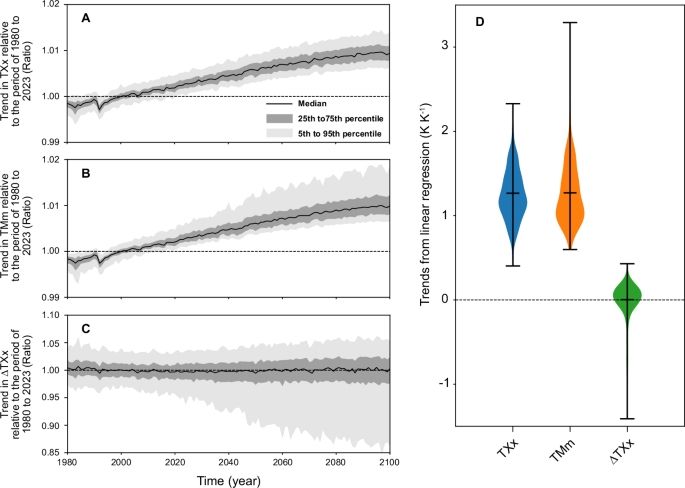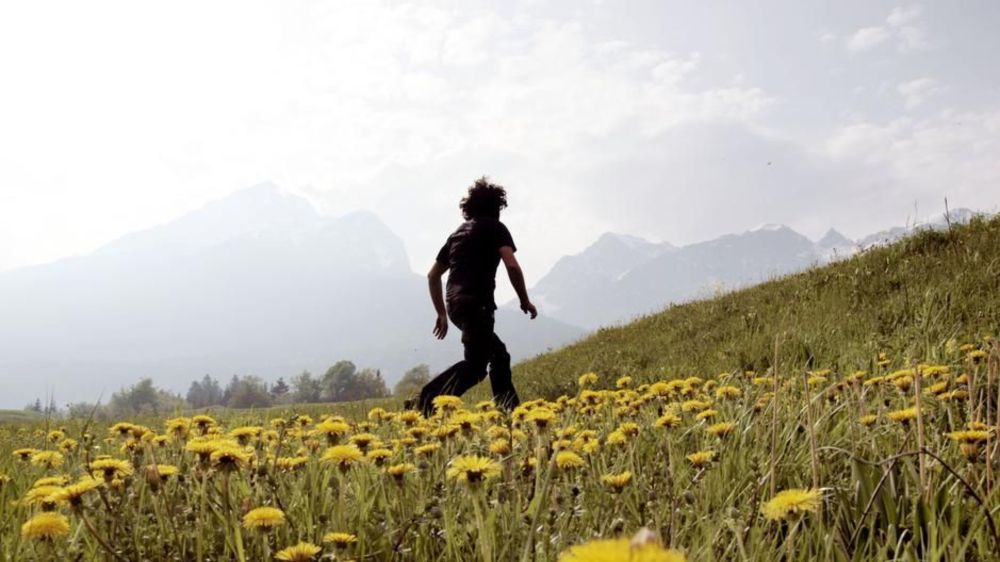Ryan H Glaubke
@ocnogrphr.bsky.social
390 followers
150 following
230 posts
Postdoctoral researcher in the Paleo² Lab at The University of Arizona. Interested in past climates 🌎 and old oceans 🌊.
Outdoorsy. Reader. Audiophile. Soccer fan. Cat dad. Opinions subject to change. https://www.ryanglaubke.com
Posts
Media
Videos
Starter Packs
Pinned
Ryan H Glaubke
@ocnogrphr.bsky.social
· Aug 6

Elevated shallow water salinity in the deglacial Indian Ocean was sourced from the deep - Nature Geoscience
Increased salinity of Subantarctic Mode Water during the initial phase of the Last Deglaciation could have enhanced deep water formation in the North Atlantic, according to proxy records from a sedime...
www.nature.com
Reposted by Ryan H Glaubke
Reposted by Ryan H Glaubke
Ryan H Glaubke
@ocnogrphr.bsky.social
· Aug 30
Reposted by Ryan H Glaubke
Ryan H Glaubke
@ocnogrphr.bsky.social
· Aug 26
Reposted by Ryan H Glaubke
Reposted by Ryan H Glaubke
Yuxin Zhou
@yzhouclimate.bsky.social
· Aug 14

Abrupt weakening of deep Atlantic circulation at the last glacial inception - Nature Communications
Zhou et al. report an abrupt weakening of the Atlantic Meridional Overturning Circulation at the last glacial inception. The observed circulation slowdown could explain the delayed timing of the atmos...
www.nature.com
Ryan H Glaubke
@ocnogrphr.bsky.social
· Aug 14
Ryan H Glaubke
@ocnogrphr.bsky.social
· Aug 13
Ryan H Glaubke
@ocnogrphr.bsky.social
· Aug 13

Core-top constraints on the ecology and paleothermometry of planktic foraminifera in the Indian Ocean
The magnesium-to‑calcium ratio (Mg/Ca) of fossil foraminifera is a widely used geochemical proxy for reconstructing past ocean temperatures. Culturing…
www.sciencedirect.com
Reposted by Ryan H Glaubke
Ryan H Glaubke
@ocnogrphr.bsky.social
· Aug 7
Ryan H Glaubke
@ocnogrphr.bsky.social
· Aug 6

Elevated shallow water salinity in the deglacial Indian Ocean was sourced from the deep - Nature Geoscience
Increased salinity of Subantarctic Mode Water during the initial phase of the Last Deglaciation could have enhanced deep water formation in the North Atlantic, according to proxy records from a sedime...
www.nature.com
Reposted by Ryan H Glaubke
Reposted by Ryan H Glaubke
Ken Caldeira
@kencaldeira.com
· Jul 31

Historical model biases in monthly high temperature anomalies indicate under-estimation of future temperature extremes - Communications Earth & Environment
Models tend to underestimate mean monthly maximum temperature anomalies by 2-3% and extreme anomalies by 11-12% over the period 1980 and 2023, which could lead to temperatures 3 °C to 5 °C higher than...
www.nature.com
Ryan H Glaubke
@ocnogrphr.bsky.social
· Jul 30















